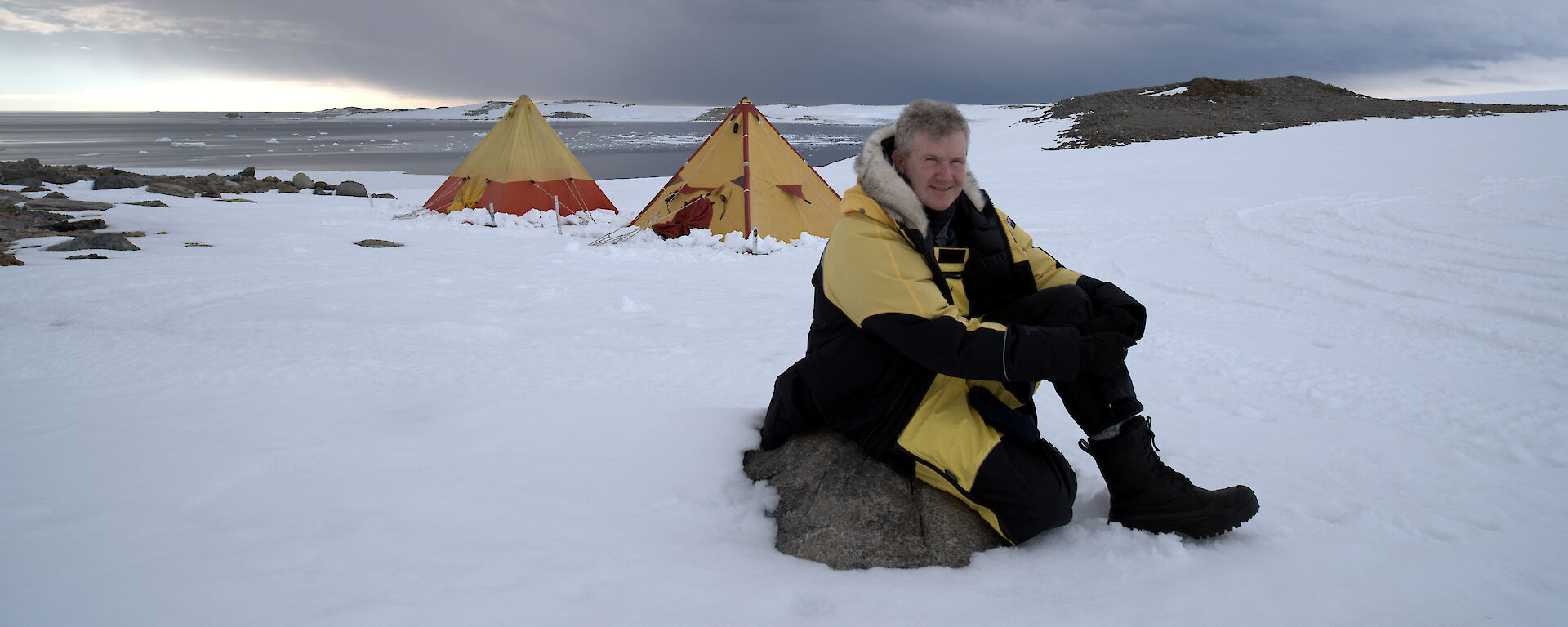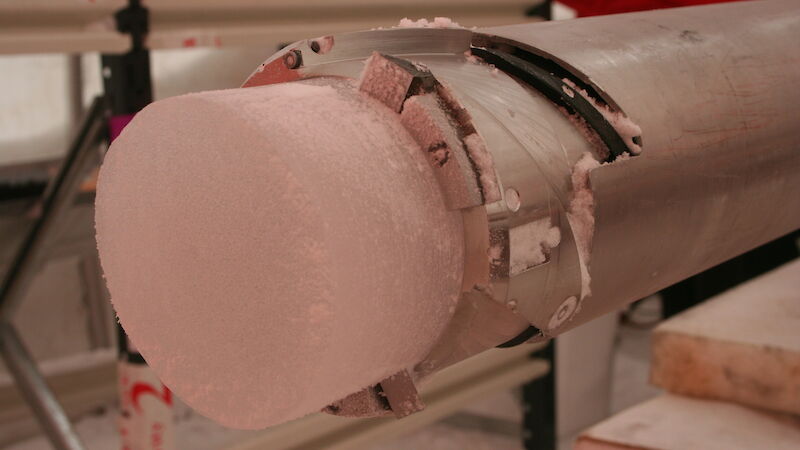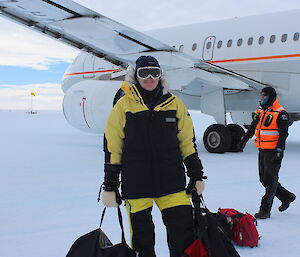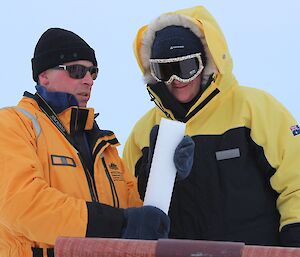Environment Minister, Tony Burke today announced a major new Australian-led project in Antarctica to advance the search for the scientific ‘holy grail’ of the million-year ice core, a frozen record of how our planet has evolved and changed and a guide to what might be in store.
The Aurora Basin North project will drill a 400 metre deep ice core 600 kilometres inland from Casey station next summer to retrieve a 2000 year-long ice core from deep in the heart of east Antarctica.
This project will allow us to gain access to the most detailed record yet of past climate in this vast region
Aurora Basin is the ideal site for the research as it has sufficient snowfall, 11 centimetres of ice per year, to provide the first record of year-to-year changes over the past 2000 years in this region of the continent.
Aurora Basin also harbours some of the deepest ice in Antarctica, over 3km thick, and this project will provide new information that will guide the search for the oldest ice in Antarctica, thought to be over a million years old.
Mr Burke who this week visited Antarctica said the knowledge gained from doing science in Antarctica is critically important to understanding how the climate has naturally varied in the past and helping predict future responses to global climate change.
“Ice cores provide the written history of our atmosphere and our water,” Mr Burke said.
“Seeking ice cores from this new area where there is much higher snow fall than other inland sites provides a massive increase in the level of detail which lives within the ice.
When it comes to the level of information we are able to obtain, shifting to this location should move us from a billboard to an encyclopaedia.
“We have had information that is 2000 years old before, but we have never had access to this sort of detail which we believe lies deep within this part of the ice.
“In my brief visit to the continent I had the privilege of seeing the vast Antarctic ice sheet first-hand. It is quite simply an unsurpassed scientific treasure chest of information ready to be unlocked.
“The Aurora Basin project will draw on the data trapped in the ice sheet to fill a large gap in Antarctic climate records.
“It will not only improve our understanding of regional and hemispheric climate links, but also help us when modelling changes to the global system into the future.
“Australia is cooperating with other nations and contributing to this search. This involves groundwork like the Aurora Basin drilling, airborne surveys and computer modelling of the ice. It is expected that this will lead to actual drilling for a one million year old core by various international consortia in the coming years.
“The Aurora Basin ice core data will go some way to address that by capturing aspects of climate variation with higher chronological precision than at any other inland Antarctic site.”
The international collaboration will involve about 20 scientists from Australia, Denmark, USA, and France.
A French team will traverse to the site in December next year, while the remaining scientists fly to the camp in January and February for the eight-week drilling project.
Mr Burke flew to Wilkins ice runway on Thursday and returned to Hobart this afternoon.
While in Antarctica Mr Burke inspected Australia’s Casey station, was briefed on the 2012–13 Antarctic science program and undertook Antarctic survival training.





